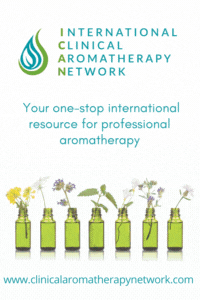Positive Health Online
Your Country

Research: SINGH and others,
Listed in Issue 149
Abstract
SINGH and others, University of California Davis Medical Center, Sacramento, California 95817, USA, have studied the effects of vitamin E in people at risk from coronary artery disease.
Background
Subfractions of high-density lipoprotein (HDL), particularly large HDL, are inversely correlated with the severity of coronary artery disease. alpha-Tocopherol is the main lipid-soluble antioxidant in plasma. Results of a previous small study suggested that either a combination of an antioxidant cocktail [800 IU/day vitamin E plus 1 g vitamin C, 25 mg beta-carotene, and 100 micrograms selenium] or individual antioxidant vitamins combined with simvastatin-niacin (statin) therapy attenuated the protective increase in HDL seen with statin alone. The aim of this study was to gather data on the effect of vitamin E therapy alone on HDL subfractions.
Methodology
In a prospective placebo-controlled study, 127 patients with stable coronary artery disease were randomized to receive high-dose vitamin E (1200 IU/day for 2 years) or placebo. HDL subfractions (small, medium, and large HDL particles) were analyzed by nuclear magnetic resonance spectroscopy.
Results
Vitamin E concentrations significantly increased in the vitamin E arm but not with placebo. No differences were noted between vitamin E and placebo groups in concentrations of total cholesterol, triglyceride, LDL-cholesterol, or HDL-cholesterol. Vitamin E therapy did not affect total, small, medium, or large HDL particles compared with baseline or placebo.
Conclusion
High-dose vitamin E therapy administered for a 2-year period does not negatively affect HDL subfractions in patients with coronary artery disease on statin therapy.
References
Singh U, Otvos J, Dasgupta A, de Lemos JA, Devaraj S, Jialal I. High-dose alpha-tocopherol therapy does not affect HDL subfractions in patients with coronary artery disease on statin therapy. Clinical Chemistry 53 (3): 525-528, Mar 2007.



